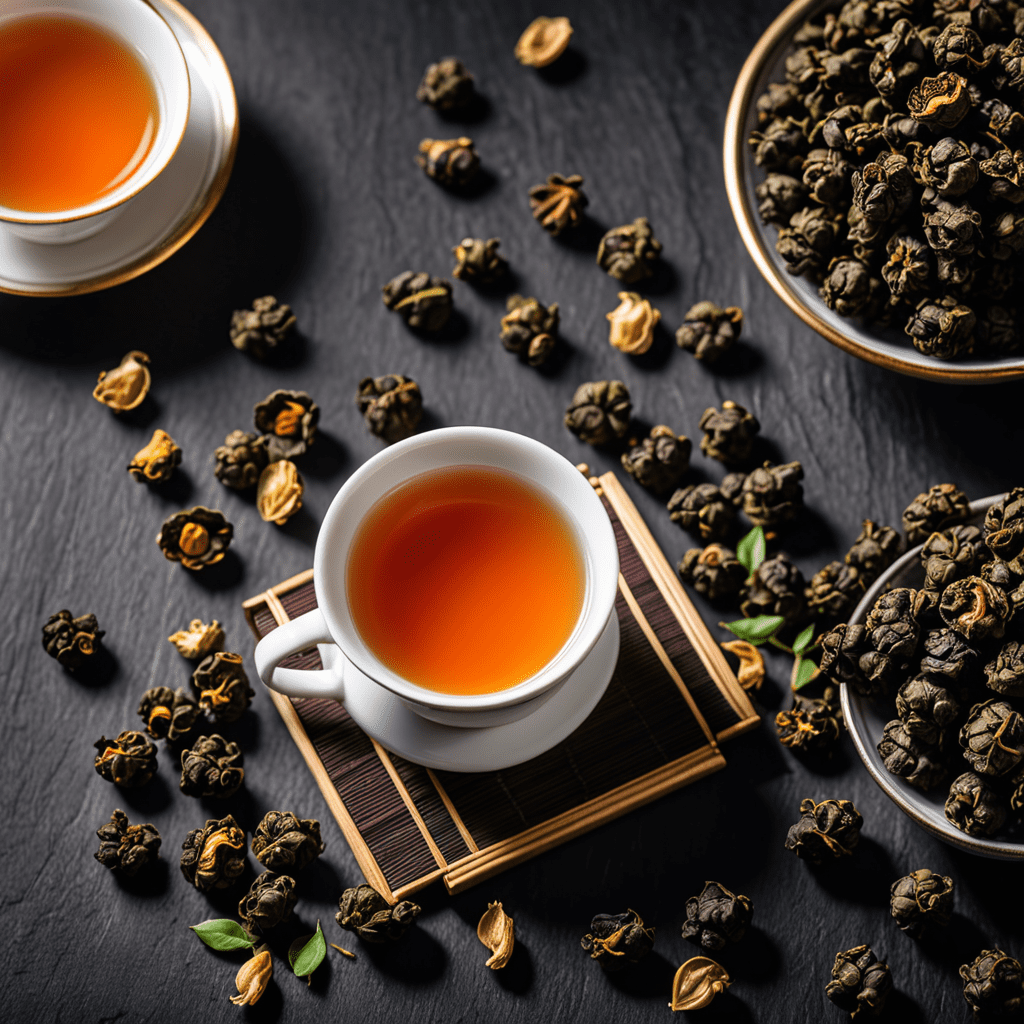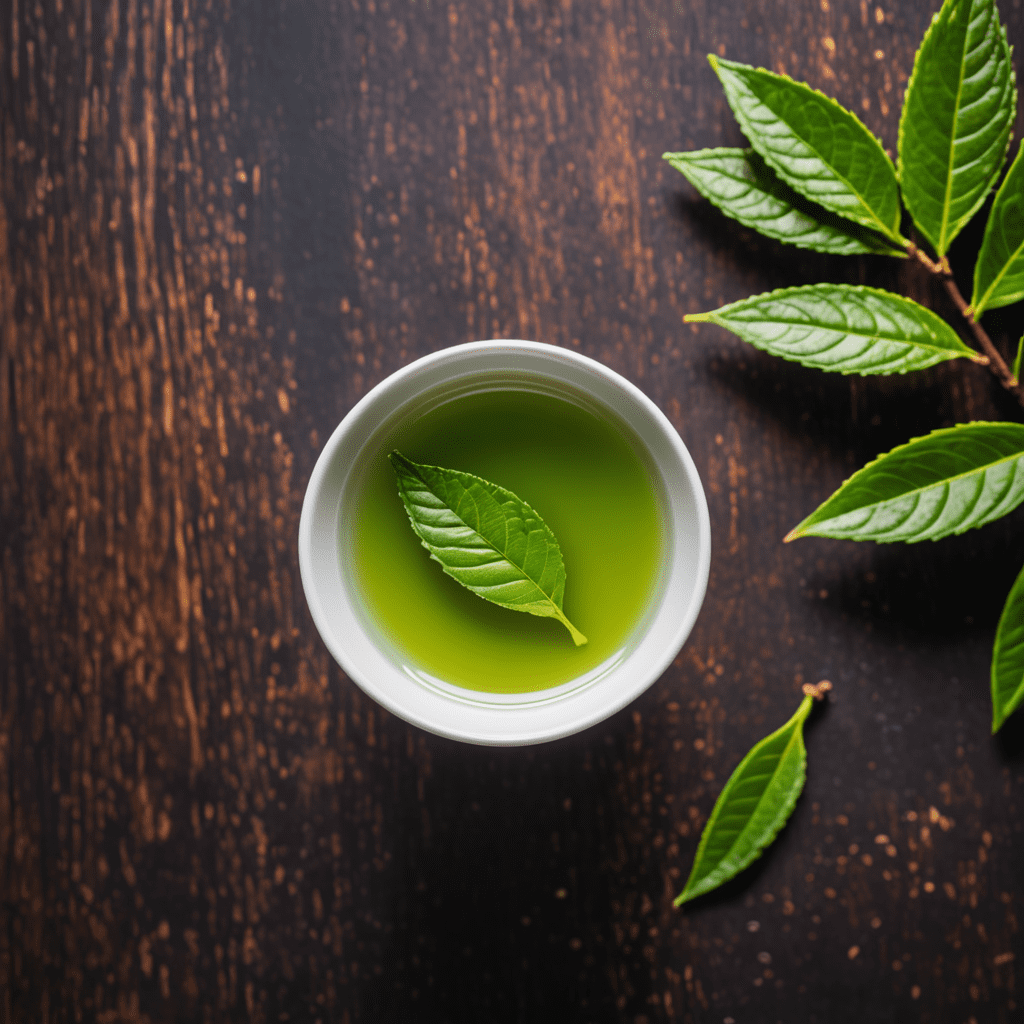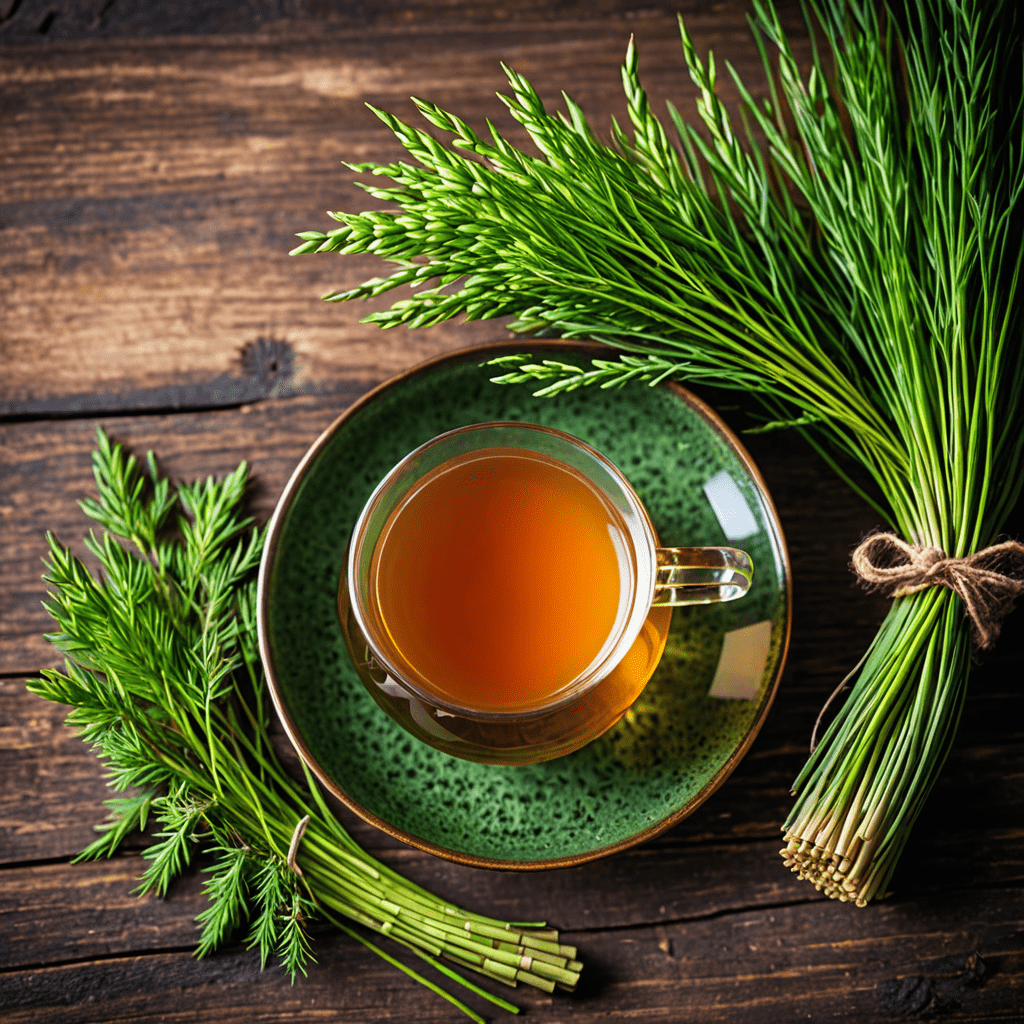
Oolong Tea and Its Aromatic Delights
Introduction to Oolong Tea
Oolong tea is a traditional Chinese tea that falls between green and black tea in terms of oxidation levels. Its unique processing methods give it a distinct flavor profile loved by tea enthusiasts worldwide.
History and Cultivation
Originally cultivated in China, Oolong tea has a rich history dating back centuries. It is grown in regions like Fujian and Taiwan, where the tea plants thrive in specific climates and elevations, contributing to the tea’s exceptional quality.
Processing Techniques
The process of making Oolong tea involves withering, rolling, oxidizing, and firing the tea leaves. The degree of oxidation can vary, leading to a spectrum of flavors ranging from floral and fruity to toasty and rich.
Aromatic Profile
Oolong tea is celebrated for its complex aromas. Depending on the type of Oolong, you may encounter floral notes like orchid or jasmine, fruity hints of peach or apricot, or earthy tones such as roasted nuts or caramel.
Health Benefits
Aside from its enticing aroma and flavor, Oolong tea is also known for its potential health benefits. It contains antioxidants that may aid in metabolism, promote heart health, and boost overall well-being.
Best Brewing Practices
To fully appreciate the aromatic delights of Oolong tea, it’s essential to brew it correctly. Optimal water temperature, steeping times, and tea-to-water ratios play a vital role in unlocking the tea’s nuanced flavors and aromas.
Conclusion
With its impressive array of aromas and flavors, Oolong tea offers a sensory journey for tea aficionados. Whether you prefer floral and light Oolongs or robust and roasted varieties, exploring the world of Oolong tea can be a delightful experience for your palate and senses.
FAQ About Oolong Tea
What is Oolong Tea?
Oolong tea is a traditional Chinese tea that falls between green and black tea, known for its unique aroma and flavor profile. It undergoes partial oxidation, giving it a diverse range of flavors from floral to fruity.
How is Oolong Tea Processed?
Oolong tea leaves are withered, rolled, oxidized, and fired to achieve the desired level of oxidation. The process varies depending on the type of oolong, resulting in different flavor profiles and aromas.
What Makes Oolong Tea Aromatic?
The distinct aroma of oolong tea comes from its oxidation process, which releases volatile oils and compounds that contribute to its fragrance. Different oolong varieties offer various aromatic notes such as floral, fruity, toasty, or creamy.
How to Brew Oolong Tea for Optimal Aroma?
To bring out the aromatic delights of oolong tea, use water just below boiling temperature and steep the leaves for the recommended time based on the specific oolong type. Proper brewing enhances the flavors and aromas of this exquisite tea.

